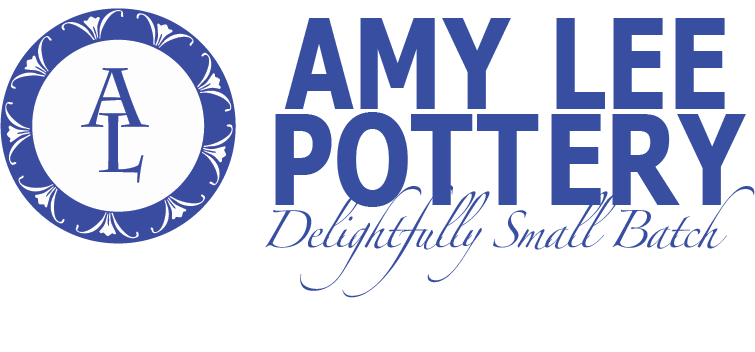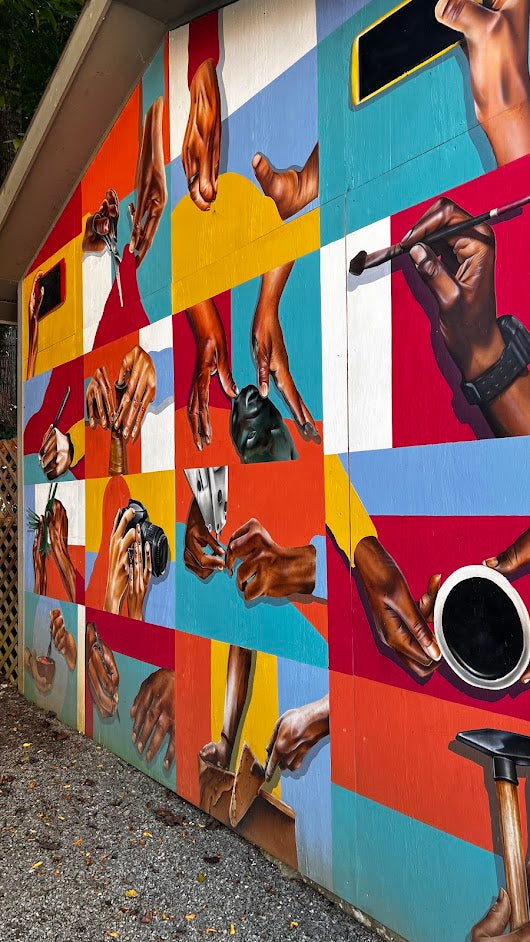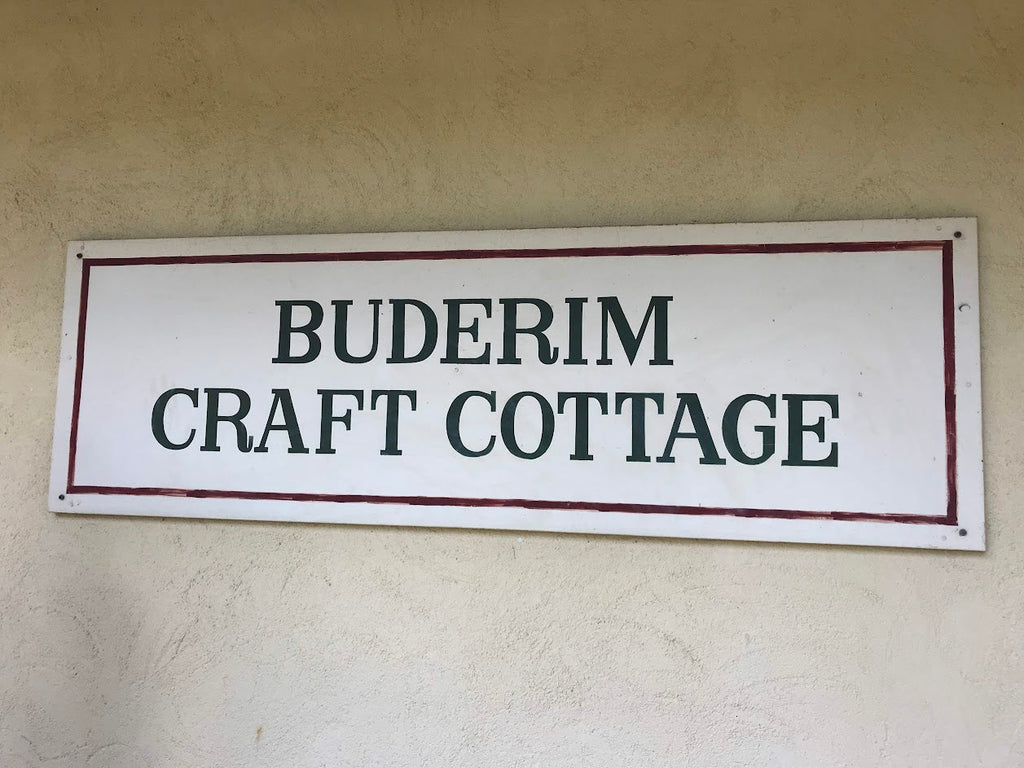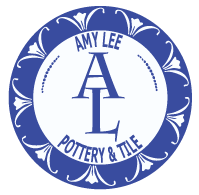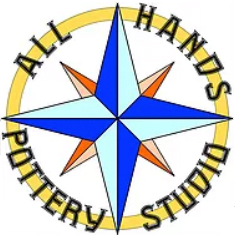Clay Make Studio - Perth Part 5
Thanks to Andrea and Emma Vinkovic, Western Australian pottery enthusiasts may now be trained in a beautiful large studio facility with expert advice.
 A wall of wheels welcomes visitors to the Clay Make Studio
A wall of wheels welcomes visitors to the Clay Make Studio
I met Andrea one night in the Perth suburb of Maylands, Western Australia. She was beginning a wheel instruction introductory course and then provided my husband, Ming, and I with a tour of the space. Students of many levels worked in the studio at available tables and a flurry of activity moving work from storage locations to firing shelves was happening in a back room. We saw lots of excellent work-in-progress, and interesting tools too!




While traveling around Perth learning about the availability of ceramics learning facilities, I learned that the program once provided through the TAFE (Technical and Further Education National Training Program) System had been downsized and no longer provided a certificate specifically in Ceramics. Although TAFE's program continues to provide some training in clay and they do provide studio facilities, students seeking an advanced certificate specifically in Ceramics or Pottery need look elsewhere for education.

 Like color? Every Glaze made in the studio has been tested over and under each other as well as on every clay body to know exactly what to anticipate from the kilns.
Like color? Every Glaze made in the studio has been tested over and under each other as well as on every clay body to know exactly what to anticipate from the kilns.
This is where community studio programs fill such a valuable need both in Australia and elsewhere. Community studio programs can provide those looking for a 'taste' of clay all the way to very advanced training options given the wealth of experience that often lies within their walls or at their disposal in the local clay community. Getting tapped-in is key with clay in my opinion which is why it was interesting to me how I might go about doing the same if I were a resident in Perth.


 Examples of Student work in progress.
Examples of Student work in progress.
Andrea and Emma's Clay Make Studio provides excellent artistic facilities, a large open space, with many wheels, all the fixings needed to make a lovely clay studio, and expert clay experience, instruction, and advice. They make all of their own glazes and fire to cone 9 electric (which is a popular firing range and method in Western Australia). The electric kiln owners I met around Perth predominantly owned kilns which go to Cone 10. I remembered when I fired to Cone 10 electric in the 1990's and the wear-and-tear it did on my kiln! I was told that the electrical system in Australia helps manage this more efficiently with less wear and tear, but most of the kilns are also front-loading that I witnessed and that also would contribute to wear and tear vs. top-loading like I currently own.
 Students watch a wheel demonstration with balloons overhead from the first anniversary of the studio opening.
Students watch a wheel demonstration with balloons overhead from the first anniversary of the studio opening.
I spoke with Andrea about the clays they use and typically she is using traditional stonewares. We talked a bit about the availability and predominance of paper clay in Australia since that was relatively new to me as a pre-mixed manufactured product so readily available and Andrea said she is a traditional clay fan.
She explained that she regularly is able to fix dry clay to wet clay even though it is not preferred with traditional clays, but adds a deflocculant like sodium silicate to aid the join. She said she doesn't necessarily see any strong benefits of paper clay over traditional clay. I joked that we use something called "Magic Water" in the USA for fixes and she said something in her native Croatian language which roughly translated to the fact that her students prefer to understand the science versus that of "magic" and we laughed! She feels that regular clay can do anything that paper clay can do.



Andrea graduated from TAFE before the Ceramics advanced diploma program ended and she was in one of the last classes to graduate. This program provided three years of advanced ceramic arts education at the time she studied, but now the Visual Arts diploma program provides much less time with clay and ceramics in general. She said in a community studio like this, her students receive just as much if not more out of their education as they would at a University.
 The moon in the car park was so bright!
The moon in the car park was so bright!
Clay Make Studio just celebrated its first year in business and I look forward to watching the wonderful work that comes from the studio in the future as well as from the instructors Emma and Andrea. You can follow Clay Make Studio: @ClayMakeStudio on Instagram as well as Emma @ervceramics and Andrea @Andrea.Vinkovic
You can visit Clay Make Studio online to schedule a visit or class, attend a workshop, become a member, or pickup the latest issue of the Journal of Australian Ceramics!
